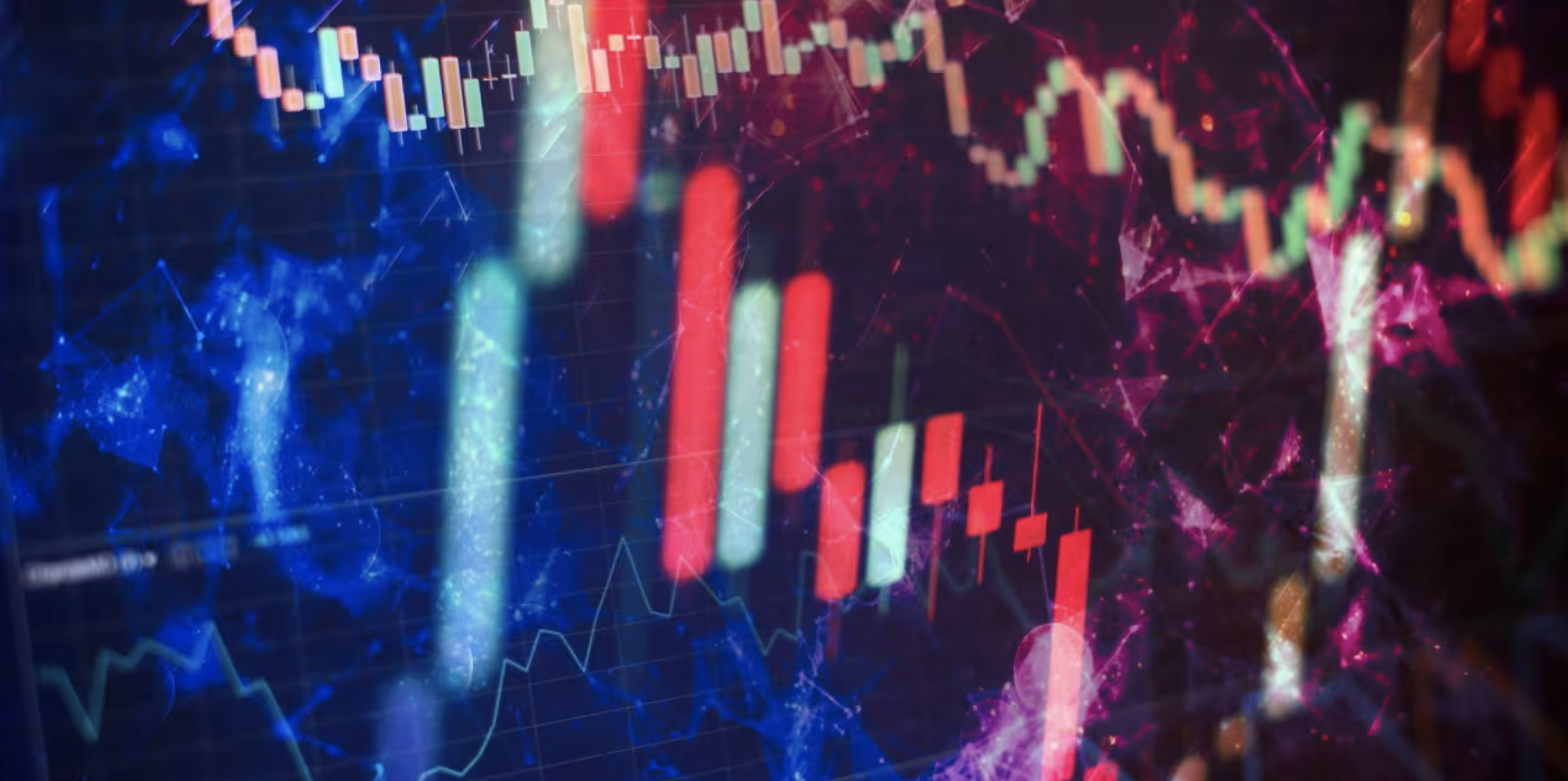It was another tough month for markets as the late-summer slump continued through September.
While the Fed held interest rates steady as expected, it left the door open for one more rate hike before the end of the year. Combined with newly released projections indicating fewer rate cuts than previously anticipated next year, the Fed appears to be leaning toward a higher-for-longer approach to interest rates. Fed Chair Jerome Powell acknowledged the progress that’s been made in the fight against inflation, but wants to see more evidence before more permanently pausing rates.
Small cap stocks again experienced the most downside pressure with the Russell 2000 falling 6.03%. Value stocks held up a bit better than growth stocks for the month, but all three of the major US indices slid with losses of 5.81%, 4.87%, and 3.49% for the Nasdaq, S&P 500, and Dow Jones Industrial Average respectively.
International stocks were also negative in September, but held up slightly better than their US counterparts as developed international stocks lost 3.78% and emerging markets fell 2.47%. More exposure to energy companies overseas helped international stocks as a whole, as energy was the only positive sector for the month riding oil prices higher.
Despite no change for the Fed, broad interest rates spiked higher as markets priced in the possibility of rates remaining elevated for longer. The 10-year Treasury yield jumped from 4.09% to 4.59%, causing aggregate US bonds to lose 2.54%. This was the fifth consecutive monthly decline for traditional bonds as interest rates have remained a headwind.
As we move into the final quarter of the year, markets continue to send mixed messages. The tech-heavy Nasdaq has been pulling broad stock markets higher YTD thanks to the artificial intelligence buzz, but the simultaneous drop in both stocks and bonds in Q3 is reminiscent of what happened in 2022. When markets are volatile and uncertain, it’s important to tune out the noise and keep focused on your long-term plan. Market pullbacks can be unnerving when they occur, but over the long-run they tend to turn into small speed bumps on the way to achieving your overarching goals.
That’s a lot of cheese…
Disney announced plans to spend $60 billion on its theme park and cruise businesses over the next decade, nearly doubling its investments in those avenues.
Parks have been a reliable source of profit for the company, helping offset losses in its streaming division which is expected to remain a loss leader until late next year.
Despite a drop-off in attendance, guests are reported to be spending 42% more at parks compared to 2019 as customers have been upgrading tickets and buying more merchandise.
In addition to increasing its cruise line capacity, the company is looking to incorporate the intellectual property from more of its newer films into the theme parks.
Across its six park locations, Disney has over 1,000 acres of land available for development.
She’s cheer captain and I’m on the bleachers (or luxury box suite).
Taylor Swift’s presence has spilled over from Hollywood to the NFL. The singer was spotted in the stands of the Kansas City Chiefs – Chicago Bears game amid rumors of a romance with Chiefs’ tight end Travis Kelce.
The game drew 24.3 million viewers making it the most watched game of the week, thanks in large part to a 63% jump in female viewers between the age of 18-49. Additionally, Travis Kelce jersey sales shot up 400% in the 24 hours immediately following the game.
It’s not just the NFL that’s benefitting from her loyal fans. Estimates project Swift’s Eras Tour will boost the US economy by $5 billion when all is said and done.
To put that into perspective, if Taylor Swift were an economy, she’d be bigger than 30 countries.
Broad Market Returns
| Asset Class | 1 Month | 3 Month | YTD | 1 Year |
| S&P 500 (VOO) | -4.74% | -3.21% | 13.10% | 21.62% |
| NASDAQ (QQQ) | -5.08% | -2.88% | 35.14% | 34.96% |
| Large Cap Growth (VUG) | -5.74% | -3.63% | 28.37% | 28.13% |
| Large Cap Value (VTV) | -3.28% | -2.32% | 0.15% | 14.69% |
| Small Cap Growth (VBK) | -6.55% | -6.64% | 7.31% | 10.54% |
| Small Cap Value (VBR) | -4.81% | -3.05% | 2.13% | 13.89% |
| Developed International (VEA) | -3.78% | -4.68% | 6.25% | 24.08% |
| Emerging Markets (VWO) | -2.47% | -2.83% | 2.03% | 10.78% |
| REITs (VNQ) | -7.26% | -8.57% | -5.39% | -1.29% |
| Aggregate Bonds (BND) | -2.48% | -3.24% | -0.90% | 0.73% |
| Corporate Bonds (VCIT) | -2.63% | -2.92% | 0.47% | 4.06% |
| High Yield Bonds (JNK) | -1.68% | -0.13% | 4.90% | 9.91% |
| Long Term Treasuries (VGLT) | -7.31% | -11.89% | -8.02% | -9.05% |
| International Bonds (BNDX) | -1.75% | -1.67% | 2.04% | 2.20% |
Market Health Indicator
The Market Health Indicator (MHI) measures market health on a scale of 0 – 100, analyzing various market segments such as economics, technicals, and volatility. Higher scores indicate healthier market conditions.

Fun Facts
- While ocean water covers approximately 70% of Earth’s surface, only 5% of the ocean has been explored and charted.
- Gustave Eiffel originally submit his tower design to Barcelona, but the city turned it down for aesthetic reasons so he pitched the idea to Paris, France.
- October always ends on the same day of the week as February (it’s a Tuesday this year).
- There’s an ant species that’s unique to New York City. Biologists have named it the ManhattAnt.
– The Aspire Wealth Team


